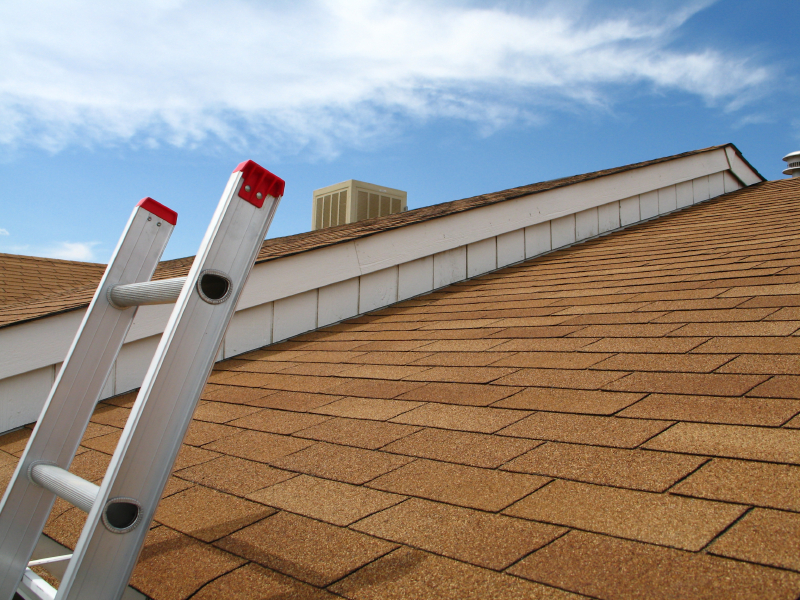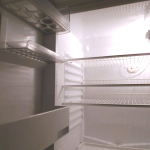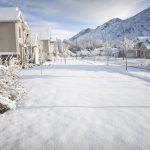Carefully check your roof for winter damage and water damage and then make any necessary repairs will set you up for a pleasant spring and summer.
Survey Your Roof to Make Sure That it Weathered the Winter
Now that the winter is over, it’s time to survey your roof to see how it fared during the long, cold months. If your region was inundated with snow and ice, it’s especially important that you look for winter damage now that spring is here.
Begin in the House
You can find clues that your roof has been damaged if you have any signs of water seepage inside your home. If you do see new water stains or discoloration on the ceiling or walls, then your roof isn’t completely sealed or there are leaks from the heater or other systems in the attic. Remember that water damage can occur even when it isn’t readily apparent. A wall surface may not yet look damp or moldy but there could be a leak inside.
Next, check your attic or other upper level spaces inside for water damage. If you see dampness or plaster cracking in your walls, notice the location so you can check the corresponding area on the outside of the house. Even if your home shows no overt signs of inside water damage, check for entry points on the roof where water might have come in. But remember that water travels so it may end up far from its point of origination. You also need to look carefully at the chimney area and any ventilation pipes for deterioration.
Survey Your Home’s Exterior
Even if you see no signs of water damage in your attic or upper level walls, you will still need to look at the roof from the outside. Check to see if you can detect any changes in roof tiles or pockmarks. It’s a good idea to get on the roof itself and check for actual problems on and around the surface. Make sure you have a steady ladder and a good pair of gloves and try not to walk more than you need to on the roof.
If there are areas of your roof that you know have been cemented or sealed in the past, like edges or corners, check those as well. You need to make sure that the cement is holding and didn’t crack during the cold weather.
Next, check your shingles. Sometimes damage is easy to spot because a shingle may have broken. At other times, you may simply notice that a shingle looks buckled or slightly raised. That may have happened because of abrupt temperature changes. If a shingle has snow or ice on it and then a sudden thaw occurs, the shingle material can become raised, much like a sidewalk can crack during the winter. If the shingle doesn’t need replacing, it may need to be pressed back down and sealed.
Now is also a good time to inspect your gutters and eaves. Water damage near those points may indicate that eaves and gutters became congested with ice. This happens when the snow melts and then temperatures freeze quickly again. Also notice whether the vent caps are all there and the flashings around them are tight to the roof.
Making the Repairs
If you do identify any roof damage problems, you can decide whether you need to bring in professional help or if you can do the repairs yourself. The types of problems you note will also affect what roofing supplies you might need to purchase. Unless there has been significant roof damage, do-it-yourself repairs can be relatively simple and cost-effective.
You will probably need to purchase simple tools such as roof nails, a caulking gun or palette knife, and some sort of roof mastic, which is a sealant or cement. All of those things should be readily available at local hardware stores or home centers.
If the roof damage is more extreme or you don’t want to spend your weekend hammering or sealing on your roof, you may decide to call in a professional. A warranty from American Home Shield can help you find a reliable specialist and keep your costs down.
Next Winter
As you look ahead to the next winter season, you might want to consult a list on preventative roof care, like the one provided by the American Insurance Association, and refer to it during the cold months. Following their tips regarding timely snow removal, gutter and drain clearing, replacement of worn out roof materials and attic ventilation maintenance may save you time and trouble by helping to prevent roof damage problems during the next winter season.




